Het arrangement DOT-framework (EN) is gemaakt met Wikiwijs van Kennisnet. Wikiwijs is hét onderwijsplatform waar je leermiddelen zoekt, maakt en deelt.
- Auteur
- Laatst gewijzigd
- 21-09-2020 11:33:42
- Licentie
-
Dit lesmateriaal is gepubliceerd onder de Creative Commons Naamsvermelding 4.0 Internationale licentie. Dit houdt in dat je onder de voorwaarde van naamsvermelding vrij bent om:
- het werk te delen - te kopiëren, te verspreiden en door te geven via elk medium of bestandsformaat
- het werk te bewerken - te remixen, te veranderen en afgeleide werken te maken
- voor alle doeleinden, inclusief commerciële doeleinden.
Meer informatie over de CC Naamsvermelding 4.0 Internationale licentie.
Aanvullende informatie over dit lesmateriaal
Van dit lesmateriaal is de volgende aanvullende informatie beschikbaar:
- Toelichting
- As an ICT professional (in training) you will need to develop solutions, for which you will need to all kinds of relevant information. If the answer to your question is not readily available, you will need to conduct some research. But how do you decide what you are going to do? The DOT framework will help you with your research design. This is an HBO-IT building block for Research in Education.
- Eindgebruiker
- leerling/student
- Moeilijkheidsgraad
- gemiddeld
- Trefwoorden
- bouwsteen, building block, hbo ict oio, onderzoek, onderzoekend vermogen, onderzoeksaanpak, onderzoeksdesign, research, research design

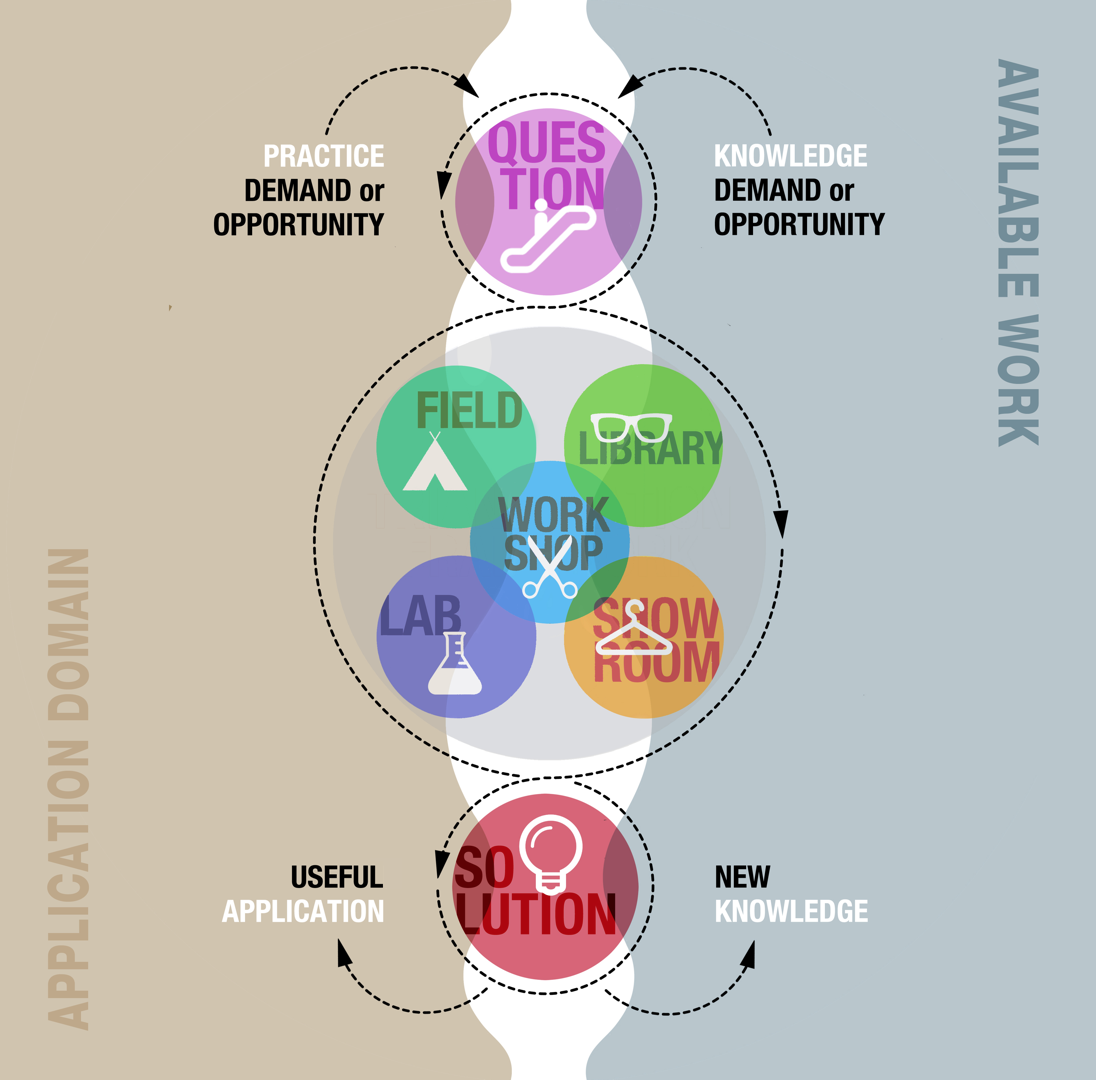
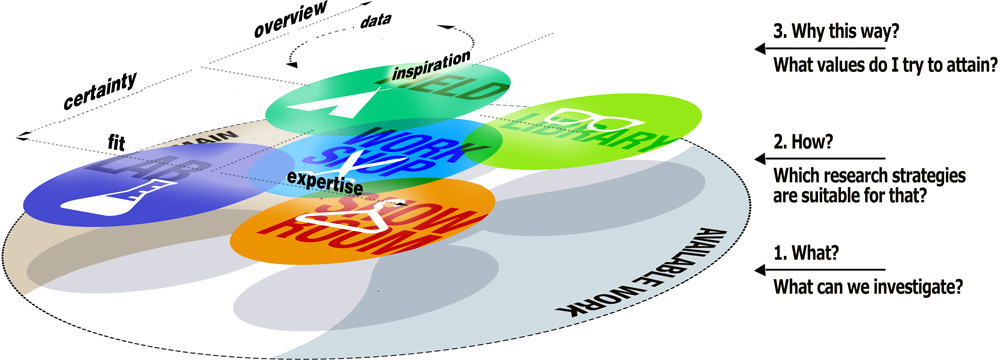
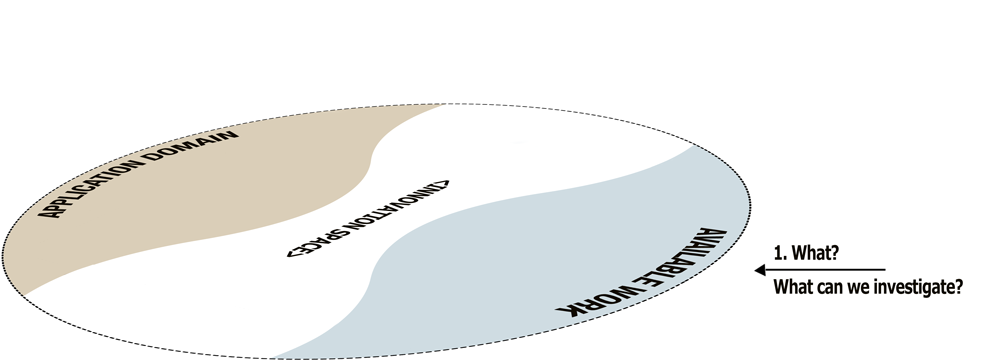
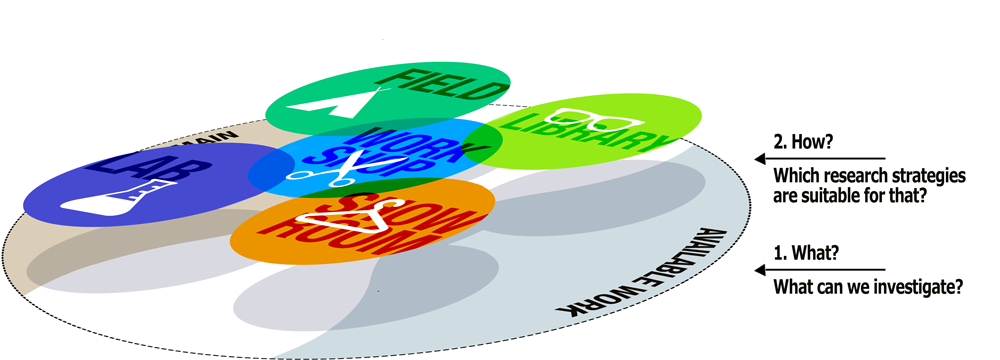



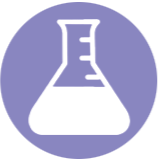

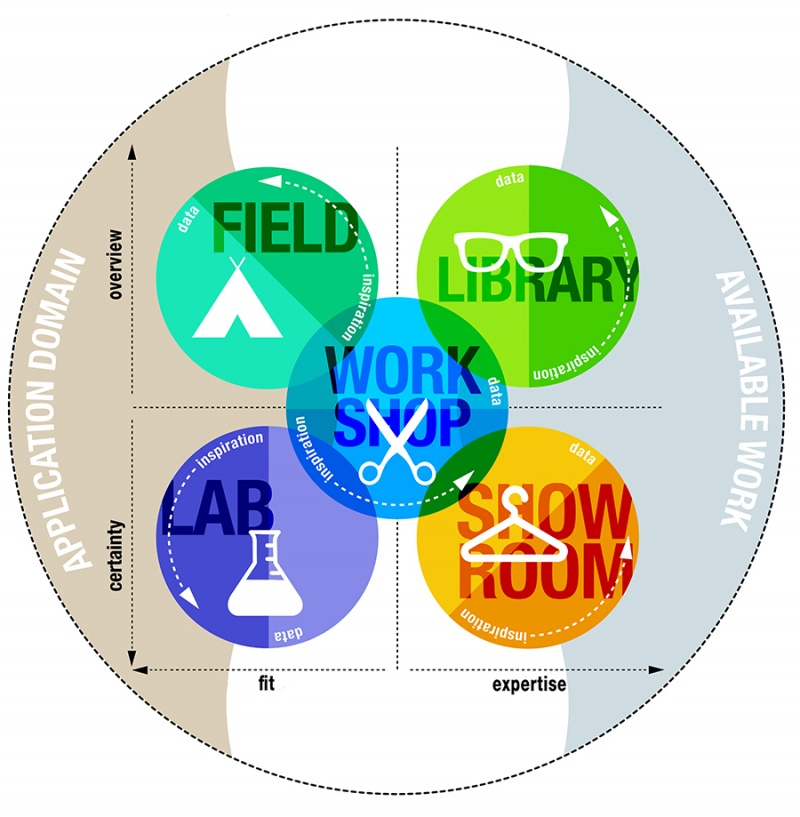
 This is an example of a very common research design pattern: first up is to obtain an overview of the situation and existing work in
This is an example of a very common research design pattern: first up is to obtain an overview of the situation and existing work in 
